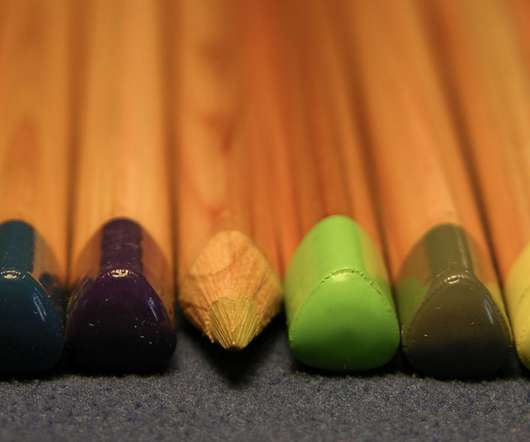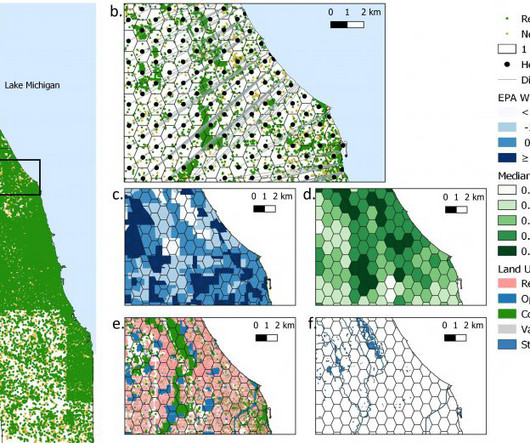To Serve All of Our Students, 'We Have to Do Something Different'
ED Surge
JANUARY 10, 2023
And finally, sometimes it makes sense to set our local contexts aside and explore the universality of a particular content area such as math, or physics, or social science. In a world driven by race, class, caste and difference, we don’t do enough in schools to candidly confront those realities with an attentive awareness.











Let's personalize your content